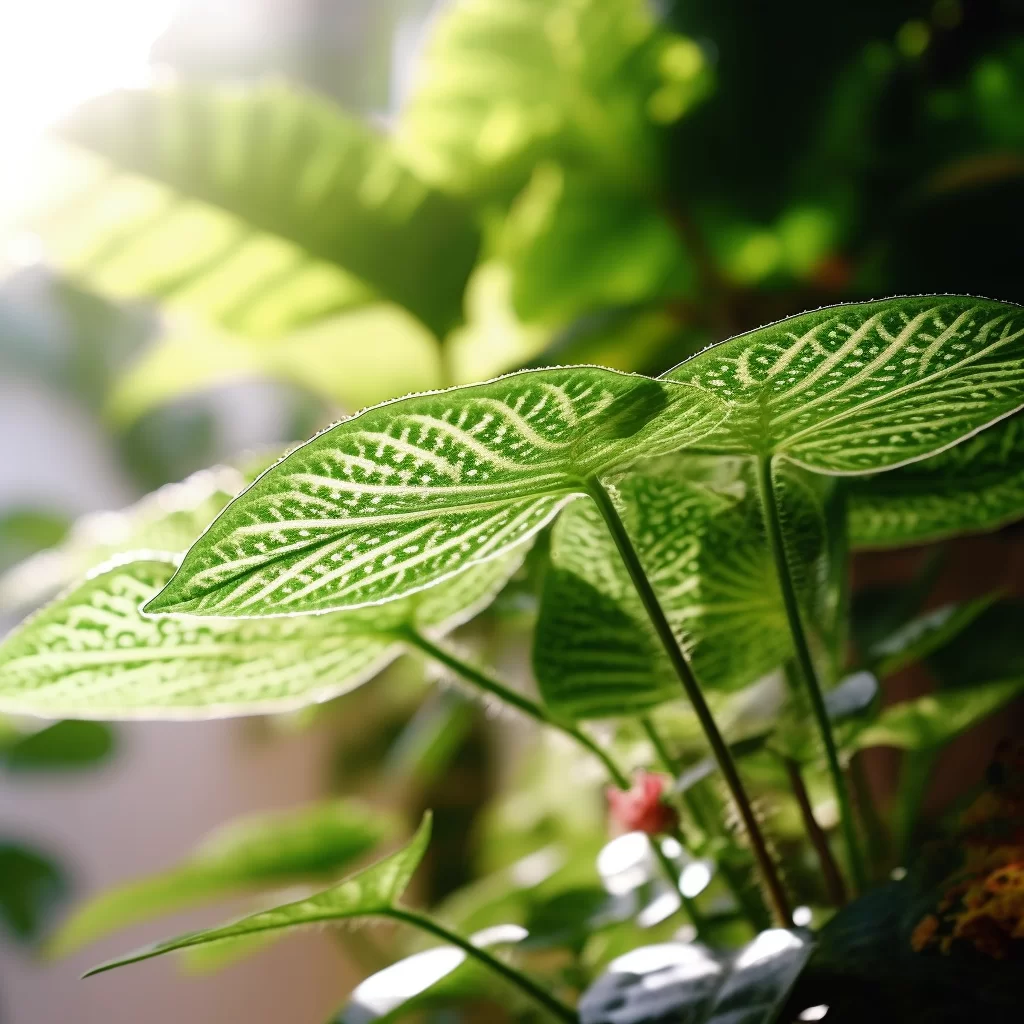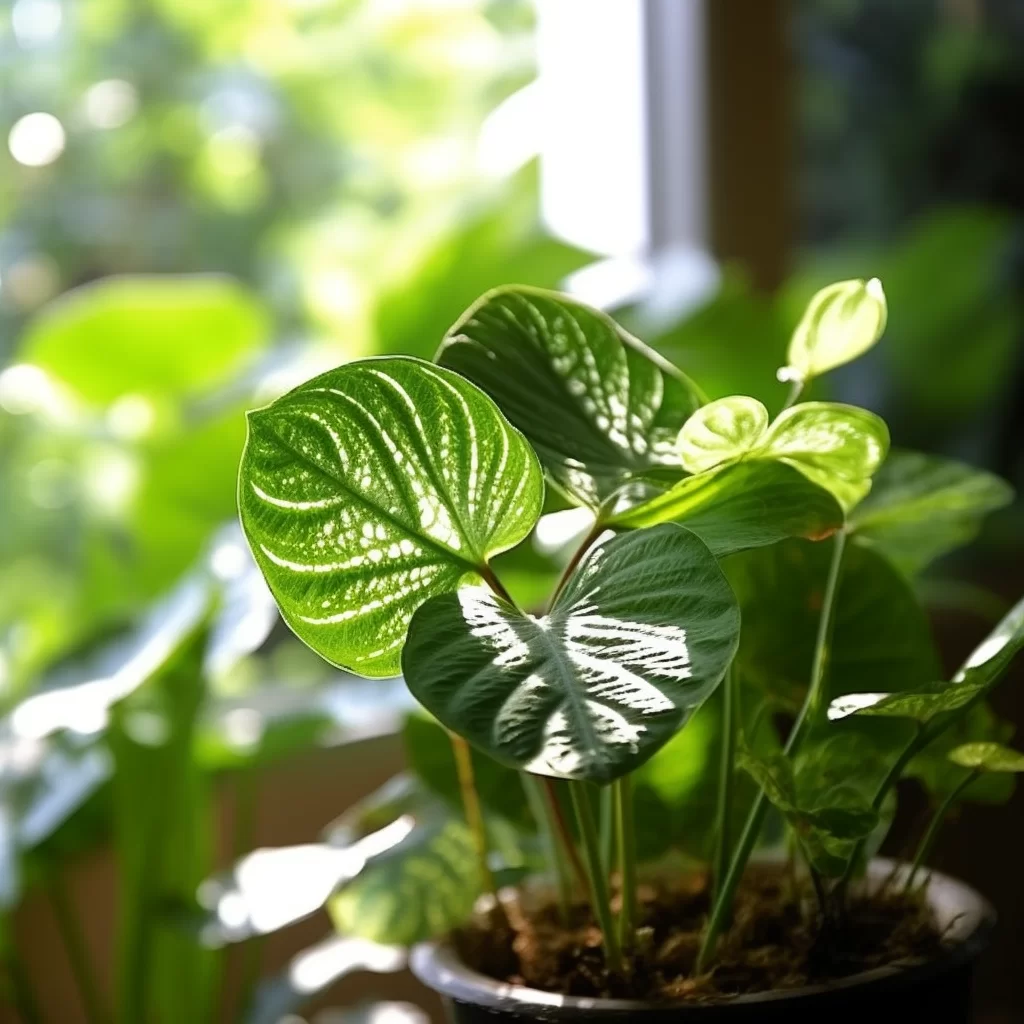Story of Day :
Contents
The Complete Guide to Chinese Friendship Plant: Care Tips and More
If you are looking for a plant that is easy to care for, beautiful to look at, and has an interesting history, then the Chinese Friendship Plant is perfect for you.
Also known as Pilea Peperomioides or UFO plant, this indoor plant has become increasingly popular in recent years due to its unique appearance and low maintenance requirements.
History of the Chinese Friendship Plant
The story of the Chinese Friendship Plant is quite fascinating.
From a small village in Yunnan province in China, it was brought over by Norwegian missionary Agnar Espegren back in 1946 as a gift from his friend who was a local farmer.
It quickly became popular among his fellow missionaries who started propagating it and sharing it with their friends back home.
Since then, the plant has been passed on from friend to friend all over Europe and North America.
Appearance of the Chinese Friendship Plant

The Chinese Friendship Plant features bright green leaves that grow on long stems originating from its central crown-like shape.
Its round-shaped leaves have a unique texture resembling that of crumpled paper or wrinkled skin making it an eye-catching addition to any room.
Care Tips
- Light:
- Water:
- Fertilizer:
- Soil:
- Temperature:
The best place for your Pilea Peperomioides is near an east-facing window where bright but indirect sunlight can reach them.
Watering once every week should be enough except during winter months when succulent plants need less water.
Feed your chinese friendship plant with balanced liquid fertilizer at half strength every two weeks during springtime until summer
Use well-draining soil for your Pilea Peperomioides and avoid over-watering because it can cause root rot.
The ideal temperature range for a Chinese Friendship Plant is between 60-75°F (15-24°C).
Keep away from cold drafts during winter.
Propagation Tips
If you want to grow more Chinese Friendship Plants, propagation is relatively easy.
The most common way to propagate this plant is by separating its “pups” or small plants that grow near the parent plant’s base.

- Prepare the new potting mix: Mix together equal parts of perlite, peat moss, and vermiculite into a well-draining soil blend.
- Select the pups: Once you identify which part of the large chinese friendship plant has grown enough roots and baby plants around it.
- Carefully remove pups from mother plant:This process should be done with gentle hands using a sharp knife or scissors to separate each individual pup from its parent stem.
Make sure not to damage their little roots in the process.
- Potting up your new plants:The next step after having separated out each individual pup would be planting them in a fresh mix of soil and water thoroughly by pouring water into each pot until drained out at bottom holes.
Pests and Diseases
The good news is that Chinese Friendship Plants are generally pest-free.
However, they can still get attacked by spider mites if kept in hot dry environments for too long.The yellowing leaves might also indicate overwatering or poor drainage issues so make sure to inspect your plants regularly to catch any symptoms early on before they become severe.
Conclusion
The Chinese Friendship Plant is a unique and easy-to-care-for plant with an interesting history.
With its striking appearance, low maintenance requirements, and straightforward propagation techniques, it’s perfect for beginners to experienced gardeners alike.
By following the care tips outlined in this article, you can enjoy the beauty of this beautiful plant for years to come!
